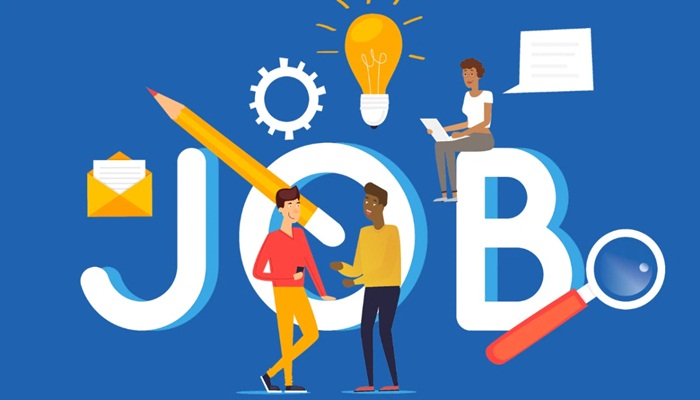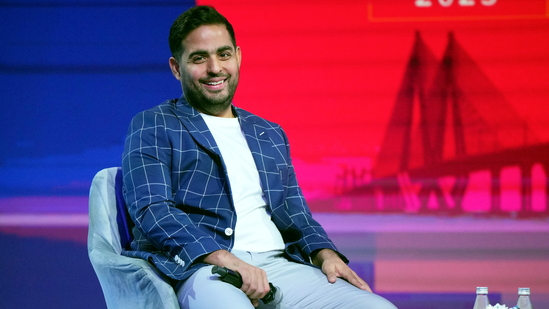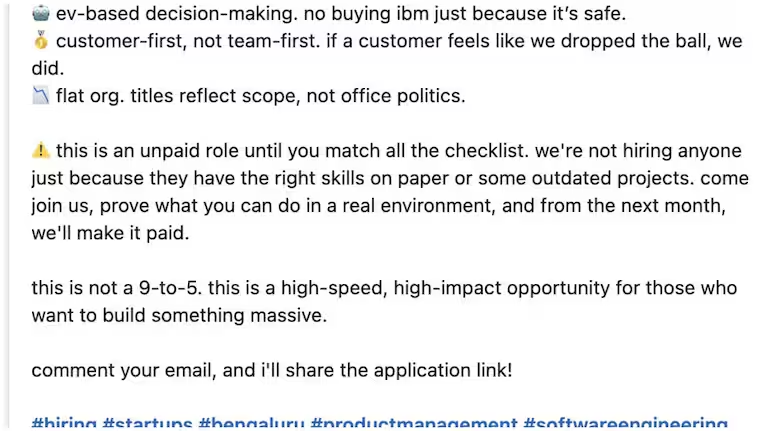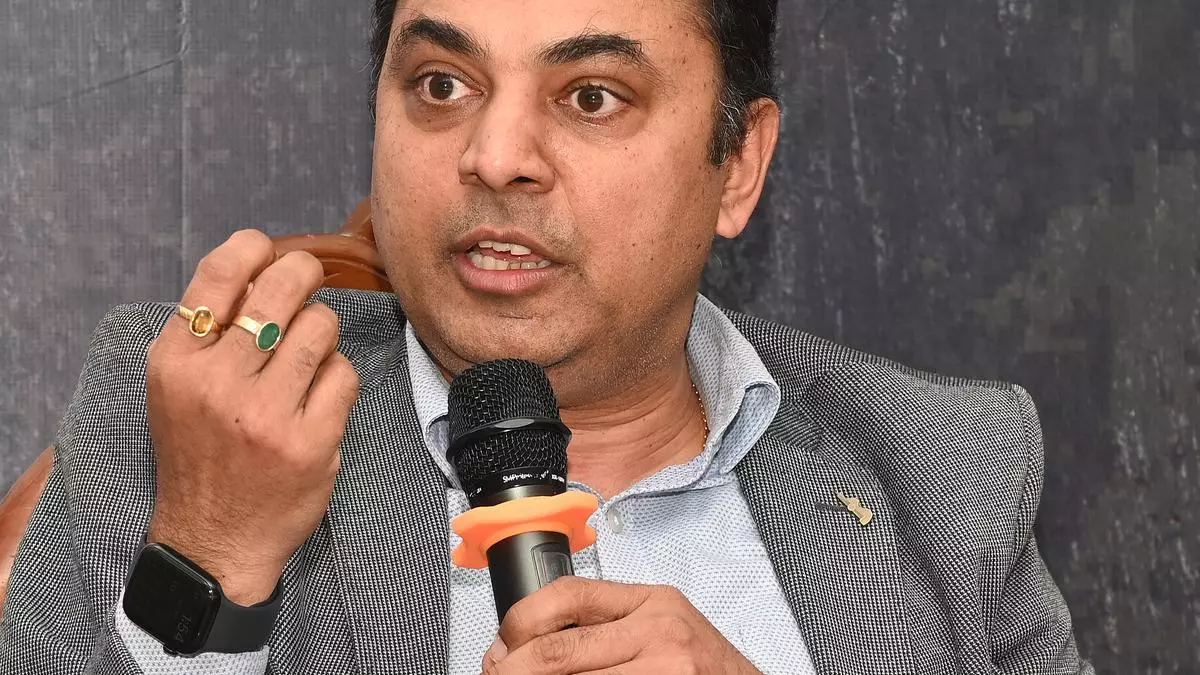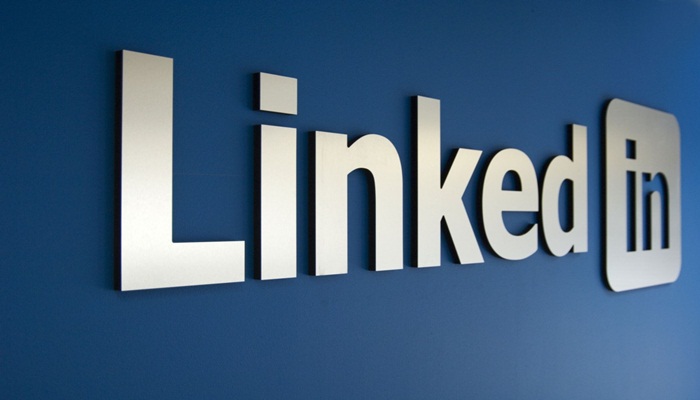When it comes to artificial intelligence in the world of HR and employee rewards, the conversation often jumps straight to automation, scale, and speed. But Anandorup Ghose, Partner at Deloitte India, takes a pause — and asks the question no one’s asking enough: What kind of data are we feeding our AI tools?
In a candid conversation with People Matters, Ghose cuts through the noise and offers a grounded view of AI’s role in transforming rewards and recognition. Not only does he question how far we’ve really come, he challenges leaders to take a long, hard look at their fundamentals — especially data quality, decision logic, and the role of human judgement.
“There’s a lot of talk,” he says, “but very little that’s truly transformative yet.”
Ghose is no sceptic of AI’s potential. But in his eyes, the real revolution in HR won’t be led by smarter algorithms — it will be driven by cleaner inputs, sharper questions, and systems that still leave room for human reasoning.
AI in rewards is still at the surface
Despite the industry buzz, Ghose sees limited real-world use of AI in rewards and recognition today. The temptation to claim that AI is already shaping compensation decisions is strong — but largely premature.
“In my view,” he says, “I have not yet seen clear examples of AI being used in employee rewards or recognition in any fundamental way.”
There are, of course, tools that speed up data processing, and some analytics capabilities baked into broader HR tech platforms. But Ghose argues that these are incremental efficiencies — not genuine AI-led decision-making systems.
What’s missing, he notes, is the kind of artificial intelligence that can truly review, infer, and make decisions at scale based on complex variables. “Some applications are being incorporated within larger HRMS platforms to allow for some analytics,” he adds, “but that’s the extent of real application so far.”
What are you really trying to automate?
One of Ghose’s most crucial insights is deceptively simple: Before automating rewards with AI, leaders must define what part of the process they’re even referring to.
“Rewards isn’t one monolithic process,” he explains. “It’s a web of multiple layers — from market benchmarking, to compensation budgeting, to modelling outcomes across skills, roles, and levels.”
He breaks it down: annual pay reviews, performance-based corrections, promotion-related adjustments, incentives, benefits, LTIPs — all require their own data sets and decision rules. Each step is interconnected and carries both financial and emotional weight.
“And finally,” he adds, “there is communication — arguably the most important part. Because rewards have always been, and always will be, intensely personal and emotional for employees.”
It’s a layered architecture — and AI may help with some bricks in the wall, but the blueprint still demands clarity. The biggest risk, Ghose warns, is automating a process without defining its problem statement.
The elephant in the room: Dirty data
If there is one thing Ghose insists on — almost evangelically — it’s the importance of data quality.
“At this point,” he says, “the two most important things HR should focus on are: one, how clean is my data? And two, what analytics can I already do, that I’m not doing?”
He gives a sobering example. “Let’s not forget,” he says, “many companies in India still can’t tell you exactly how many employees they have at the push of a button. Even that basic number requires conversations and Excel sheets.”
That isn’t just a glitch in operations — it’s a major barrier to effective AI. “No matter how advanced your tool is, it’s only as good as the data it gets,” Ghose cautions. Feeding inconsistent, unstructured, or biased data into a predictive model can cause more harm than help.
Bias: Less of a concern in rewards?
Given that AI systems are trained on historical data, concerns around bias often dominate the narrative. But Ghose offers a nuanced view — at least when it comes to compensation.
“In rewards,” he says, “I see the prevalence of bias being a lesser concern — depending, of course, on what the model is trying to solve.”
Why? Because macro reward decisions are built on structural data — roles, levels, skills, and performance outcomes — rather than individual identity markers.
“These decisions,” he adds, “follow principles, not people. Their translation to individuals happens at the very last stage. So at the model level, I don’t see bias playing a very significant role.”
However, he does concede that post facto analysis — looking back at how rewards were distributed — is where AI could spot inconsistencies or unintentional disparities introduced by human decisions. Here, AI could play a redemptive role, highlighting where bias crept in and offering insights for future corrections.
Where AI can support — and where it shouldn’t replace
So where exactly does AI make sense in the rewards process?
Ghose believes AI has promise in areas that are complex but largely rule-based. For example:
- Cleaning large and unstructured data sets
- Standardising job titles and matches across compensation surveys
- Flagging pay inconsistencies or outliers
- Running advanced analytics to model attrition, engagement, and performance trends
“There’s real value,” he says, “in using AI to give managers and HR leaders better data — faster. That’s where it helps.”
But — and this is critical — Ghose draws a firm line when it comes to the final decision-making.
“How much I get paid and why — that should be my manager’s call,” he says. “And I want justification from my manager, not a black box AI tool.”
This, he argues, is not just about perception. It’s about ownership and accountability in human leadership.
AI won’t save you — It will only mirror you
Perhaps the most powerful message from Ghose is this: AI won’t magically fix your reward systems. It will only reflect what’s already embedded in your frameworks, data, and culture.
“If your compensation strategy is flawed, AI will only help you execute that flawed strategy more efficiently,” he notes dryly.
That’s why, for Ghose, the focus must shift from what can AI do to what do we want to do with AI. Without strategic clarity, AI risks becoming another buzzword bolted onto outdated systems.
Leaders, he says, must go back to the drawing board — define the business logic, clean their data, fix their principles, and then consider which tools can help scale that intent.
Ask better questions
For those eager to begin their AI journey in HR, Ghose offers a refreshingly pragmatic playbook.
- Step one: Get your data house in order.
- Step two: Map out what insights or predictions you want that you currently can’t get.
- Step three: Use AI only to enhance — not replace — judgement and accountability.
And perhaps most importantly, he urges leaders to resist the urge to ‘automate everything’.
“This isn’t about taking humans out of the process,” he says. “It’s about letting humans do the thinking, while AI does the heavy lifting.”
From benchmarking to budgeting, rewards to recognition, artificial intelligence has the potential to reshape the landscape. But that transformation won’t come from the tool — it will come from the discipline that surrounds it!






